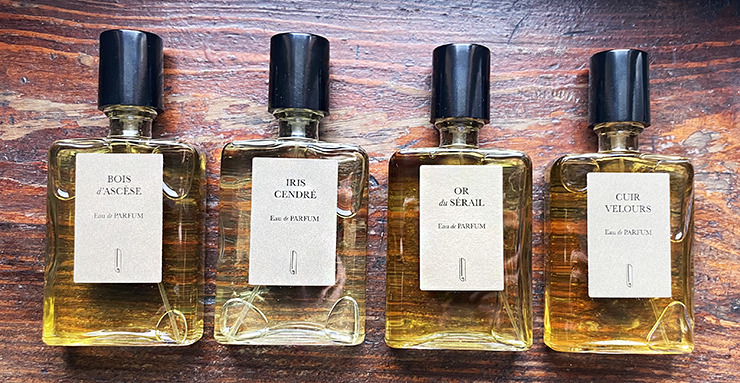Naomi Goodsir
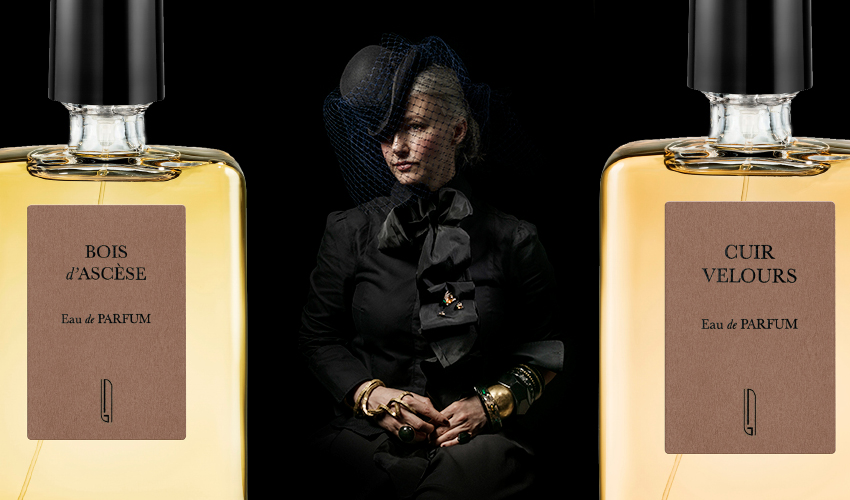
Naomi’s atypical and creative views have inspired the perfumers of each fragrance of her brand ‘Naomi Goodsir’ to create unique compositions. The collection of the brand is imbued with the spirit of magnetism, art, and perfection. It is difficult to single out just one perfume — they are all especially beautiful. Today we were lucky to arrange an exclusive interview with Naomi.
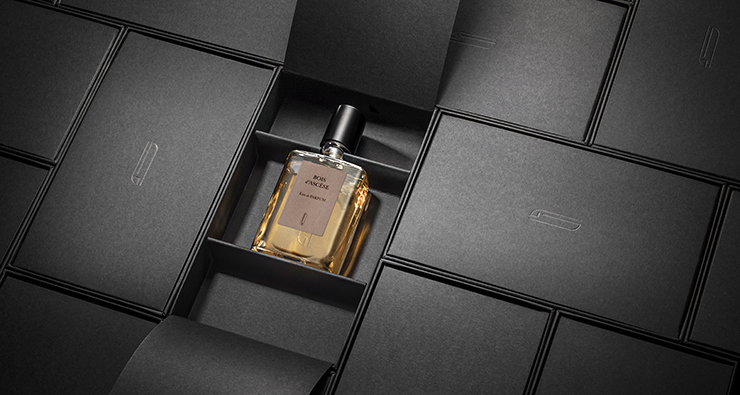
The Fashiongton Post: Why did you go into perfumery, and what interests you the most in it?
Naomi Goodsir: Perfumery is another medium of expression. I wanted to express a shape from a raw material, just like I do with fashion. All our perfumes are based upon an emblematic ingredient, such as leather, orris, tobacco, incense and tuberose. They all are olfactory statements.
F.P.: You are a designer from Australia, but you produce fragrances in France. Why?
N.G.: I’m Australian and Renaud (Renaud Coutaudier) is French. We both live and work in France, so it was obvious to produce our fragrances in France. We really enjoy expressing the best of french artisanal savoir-faire. In fact, I was already collaborating with french suppliers and artisans for my hats and other fashion accessories. France remains the epitome of artisanal savoir-faire in so many areas. It is inspiring to see so much involvement in the smallest of details. That’s what I tend to pay homage to.

F.P.: Is Naomi Goodsir your real name or just the brand name?
N.G.: It is my actual name. Scottish ancestry.
F.P.: Tell us a little about the story behind the brand.
N.G.: I was hand making hats in Australia. Then I met Renaud in Sydney when he was collaborating with the designer Collette Dinnigan. One of my best friend is her brother. So, everything came naturally. Renaud, as a Creative Director, has already been working between Paris and Sydney for some fashion designers, creating perfumes and scented candles. Renaud introduced me to this magical universe which I realised was a fascinating world, where I could possibly express my creativity and vision — through another textured form.
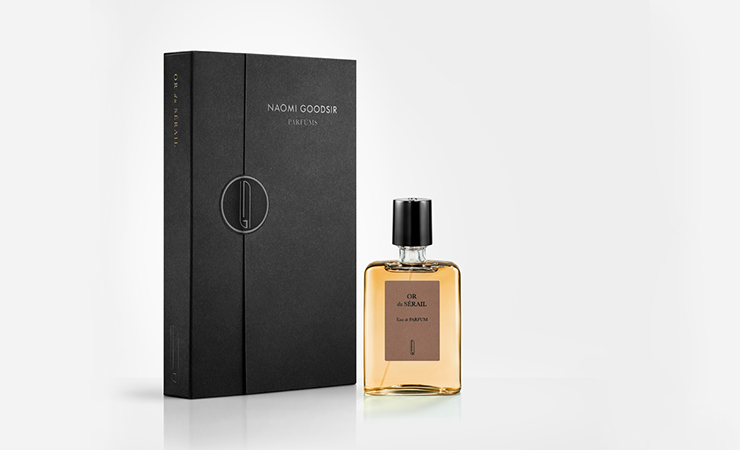
F.P.: Among all the beautiful fragrances you created, which one is your favorite and why?
N.G.: Bois d’Ascèse, which is my first perfume formulated in collaboration with perfumer Julien Rasquinet, launched in 2012. This perfume is very personal to me as it is dedicated to my Father and the time we spent together at my little chapel in NSW. Back to my Parisian hôtel in 2012, late at night, from Kanye West’s show in Paris (whom I created hats for his catwalk), Renaud gave me a sample of a perfume, which we knew would be the one. It was ‘Bois d’Ascèse’.
F.P.: Do you create unisex fragrances or are they male and female?
N.G.: We create perfumes without considering a gender. I prefer to say “genderless”.
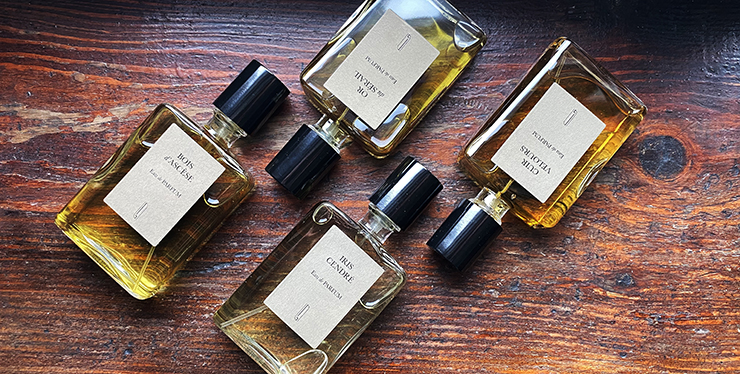
F.P.: How do you create fragrances? Do your ideas come from travel or can you find inspiration without visiting a specific place?
N.G.: The inspiration is mainly coming from an emblematic raw material that may be linked, unconsciously to a memory, a painting or even a song. I don’t need to visit a specific place. ‘Or du Sérail’ by Bertrand Duchaufour, was inspired by an oriental painting by Eugène Delacroix. The Moucharabieh, the Turkish baths, the odalisques, the Narguilé, etc… ‘Cuir Velours’ by Julien Rasquinet was derived from a leather glove found on a bench inside the Palais Royal garden. ‘Bois d’Ascèse’, from a white wooden chapel I used to own in NSW. When Hôtel de Crillon curated us to create a custom made scented candle, we already knew this emblematic Parisian institution, but what was interesting is “the hidden story” we revealed. We discovered that French horticulturists Moreau & Robert in 1860 conceived a rose named “Duc de Crillon” which was the missing link.
F.P.: Where do you plan to get inspiration for future fragrances, maybe in movies or contemporary painting?
N.G.: So far, inspiration to me is always a surprise. Anything can inspire a fragrance. It’s a very personal feeling. A few years ago, I was in Rome, invited to exhibit some of my works at AltaRoma by Silvia Fendi and I had the opportunity to read a book by a famous French writer named Marguerite Yourcenar who wrote in 1951 “Mémoires d’Hadrien” about the Roman Emperor Hadien. Then I discovered later on, through my friend Isabelle Doyen, that Annick Goutal created the famous Eau d’Hadrien as a souvenir of this book. You don’t really need to build a story as it comes naturally.
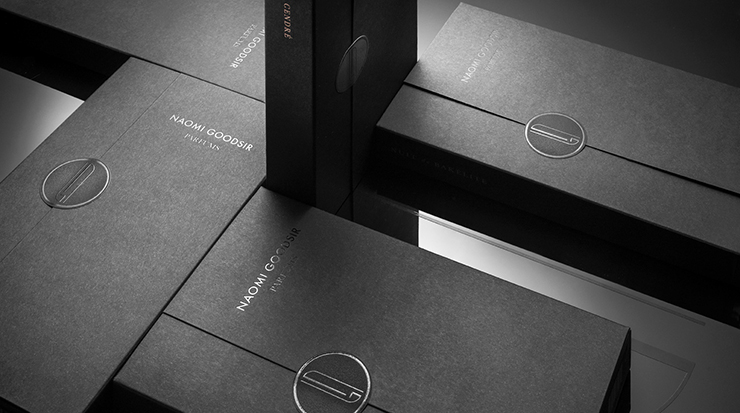
F.P.: What do you think will be the next breakthrough in the perfume industry? Extraordinary notes, affordable compositions, or personalized fragrances?
N.G.: Renaud always mentioned to me that modern perfumery was born with Jicky by Guerlain in 1889. Since then, the industry always looks to finding a successful recipe, such as “expensive perfumes, affordable ones, customized ones, etc”. All worked, as there will always be customers with specific needs. I think, the next breakthrough in perfumery has been all around us for years. Sustainability.
F.P.: The modern perfumery market is oversaturated — major brands release new fragrances every month. Are you confident in your brand or do you feel you need to constantly surprise customers?
N.G.: Since 2012, we have created 5 perfumes, which is in total opposition with the market. From my point of view, creating a statement perfume takes time. Therefore, we create perfumes without considering a target market. We must please ourselves first. We believe in our customer’s discernment whether or not our next composition will touch them. In the end, they don’t want to smell a “copy” of something else. They even prefer not to mention the name of their perfume in order to feel even more exclusive. I totally understand and respect this.
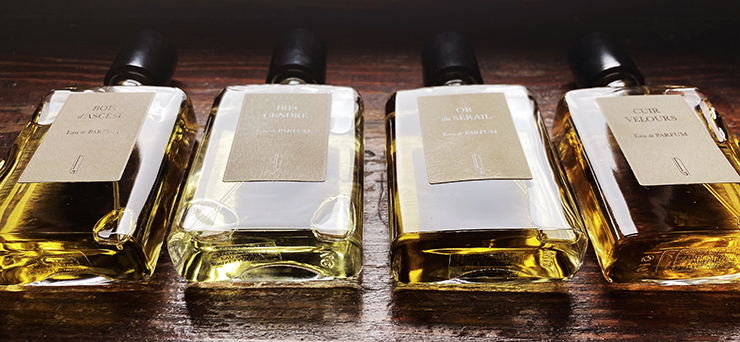
F.P.: What perfume ingredients seem to you as the most intimate?
N.G.: The Cistus Labdanum is the leaf of a Mediterranean bush tree and is the most animalistic vegetable I’ve discovered so far. This particular ingredient plays an essential part in two of our compositions — ‘Bois d’Ascèse’ & ‘Cuir Velours’. I discovered it in the botanical garden of the Reole Canadel, close to Saint-Tropez.
F.P.: The flacons and packaging of your fragrances are so gorgeous and luxurious that they are breathtaking to look at. Are you responsible for their design? And what inspires you to create them?
N.G.: Actually, the bottle was designed by us — as all the packaging. Our gift box is made of paper from the oldest Italian family owned company, with a specific savoir-faire.
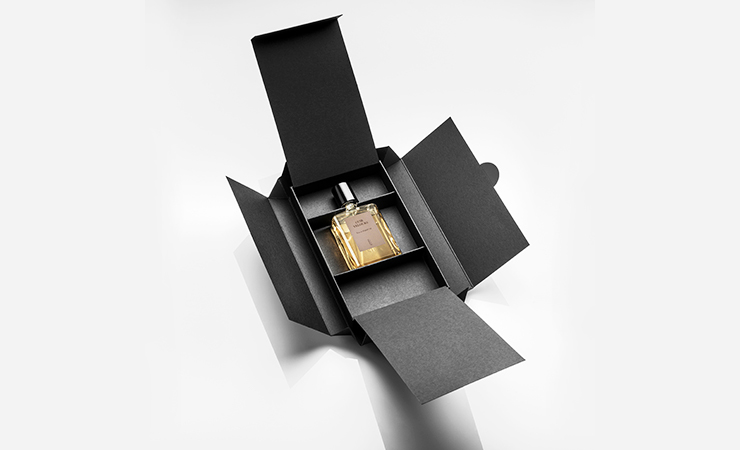
F.P.: Do you associate a fragrance with a certain period in your life?
N.G.: To a degree I guess we are all influenced, like our perfumers by a certain period in our lives. ‘Bois d’Ascèse’ was inspired by my country childhood in NSW, horse riding, camping and spending time in the Australian landscape.
F.P.: Do you have any idols in the perfumery world?
N.G.: I admire Iris Gris by Jacques Fath (1947), Shalimar by Guerlain (1925), Eau Sauvage du Christian Dior (the original 1966), Jicky by Guerlain (1889), Sables by Annick Goutal (1985), to name a few… Let’s not forget Serge Lutens, who is a genius creative director, makeup artist, photographer, film director, before he created his perfume line.
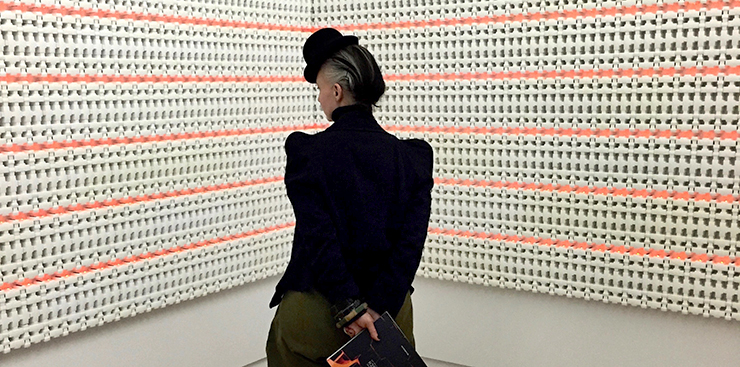
F.P.: Are there any rules for applying the perfume, for example, to make it more persistent?
N.G.: In fact, all has to do with the talent of the perfumer and the quality of the ingredients. A concentrated perfume does not necessarily means that it is a good perfume. Apply the perfume on your skin or a natural fabric and certainly not directly in your hair.
F.P.: How to choose the right fragrance for yourself?
N.G.: You just have to feel good with it. All depends on which perfume “family” you like. It can be a floral, a wood, a greedy note etc… I must say that going out of your comfort zone can be interesting, just like an unexpected fashion piece that makes you feel great. It is the same with a perfume.
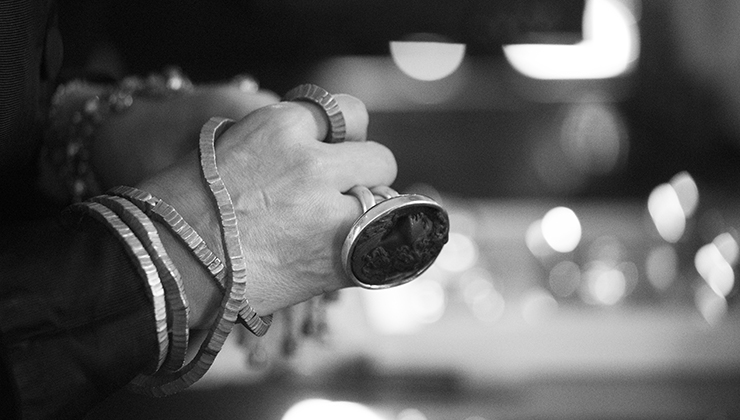
F.P.: What are the hottest scents right now?
N.G.: If by “hottest” you mean the one that has created a kind of “shock” on the market, is ‘Nuit de Bakélite’ by perfumer Isabelle Doyen. This perfume brought another vision, our own vision of a green/earthy tuberose. Actually this perfume won three awards worldwide including a FIFI Award in Paris and was ranked in “The 111 perfumes of a lifetime” by Nez Editions.
F.P.: Your piece of advice to ‘The Fashiongton Post’ readers?
N.G.: A perfume is very personal. Don’t get influenced by “market trends”. Try a perfume on your skin, live with it for a while. Don’t judge a perfume only from the top notes, as it will reveal “another story” with time. All skins are different and perfume reacts differently on everyone. Perfume is about smelling good, but above all else — it’s about feeling good!
